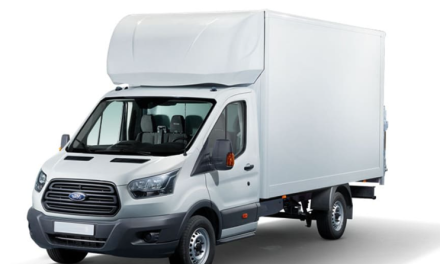Van insurance
Introduction
In today’s fast-paced world, small business owners and freelancers rely on their vans more than ever. From making deliveries to providing on-site services, your van is an essential part of your livelihood. Ensuring it’s adequately protected with personal van insurance is not just a smart move—it’s a necessity.
Why Personal Van Insurance Matters
Without the right van insurance, you risk facing significant financial setbacks if an accident or theft occurs. Personal van insurance offers peace of mind, knowing that you’re covered against various risks. Whether you’re a small business owner transporting goods or a freelancer using your van for multiple jobs, having the right coverage is crucial.
Types of Personal Van Insurance
Understanding the different types of van insurance can help you choose the right policy for your needs:
- Comprehensive Insurance: This is the most extensive coverage, protecting against damage to your van, third-party property, and even fire and theft.
- Third Party Insurance: This basic policy covers damage to other vehicles and property but does not cover your own van.
- Fire & Theft Insurance: In addition to third-party coverage, this policy also protects against fire damage and theft of your vehicle.
Factors Influencing Van Insurance Premiums
Several factors can influence the cost of your van insurance premium:
- Vehicle Type: The make, model, and age of your van can affect your insurance rates.
- Usage: How you use your van—whether for business deliveries or personal use—can impact the premium.
- Driver History: A clean driving record can result in lower premiums, while accidents and violations can increase costs.
Choosing the Right Insurance Policy
When comparing van insurance policies, consider the following:
- Coverage Needs: Assess what type of coverage you need based on your van’s usage.
- Policy Limits: Ensure the policy limits are sufficient to cover potential losses.
- Excess Amounts: Check the excess amounts and choose a policy with an affordable out-of-pocket cost in the event of a claim.
Tips for Reducing Insurance Costs
Here are some practical tips to reduce your van insurance costs while maximising coverage:
- Increase Security: Installing alarms and immobilisers can lower premiums.
- Bundle Policies: Combining multiple insurance policies with the same provider can result in discounts.
- Pay Annually: Paying your premium annually rather than monthly can save money.
The Claims Process
Knowing how to make a claim is vital. Follow these steps for a smoother experience:
- Report the Incident: Inform your insurance provider immediately after an incident.
- Document Everything: Keep accurate records, including photos and contact details of involved parties.
- Submit the Claim: Provide all necessary documents and information to your insurer.
The Role of Insurance Brokers
Insurance brokers can be invaluable in finding the best van insurance policies. They have access to multiple insurers and can help you compare options, ensuring you get the best coverage at the best price.
Future Trends in Van Insurance
The van insurance landscape is continually evolving. Emerging trends such as telematics-based policies, electric vehicle coverage, and pay-as-you-go insurance are changing how van insurance works. Staying informed about these trends can help you make better insurance decisions in the future.
Conclusion
Personal van insurance is a crucial investment for small business owners and freelancers. By understanding the types of coverage available, factors affecting premiums, and how to choose the right policy, you can protect your van and your business effectively.
Ready to secure your van? Compare policies today and find the best personal van insurance to suit your needs.
—
For more tips and advice on small business van insurance, feel free to contact one of our expert insurance brokers who can guide you through the process.




